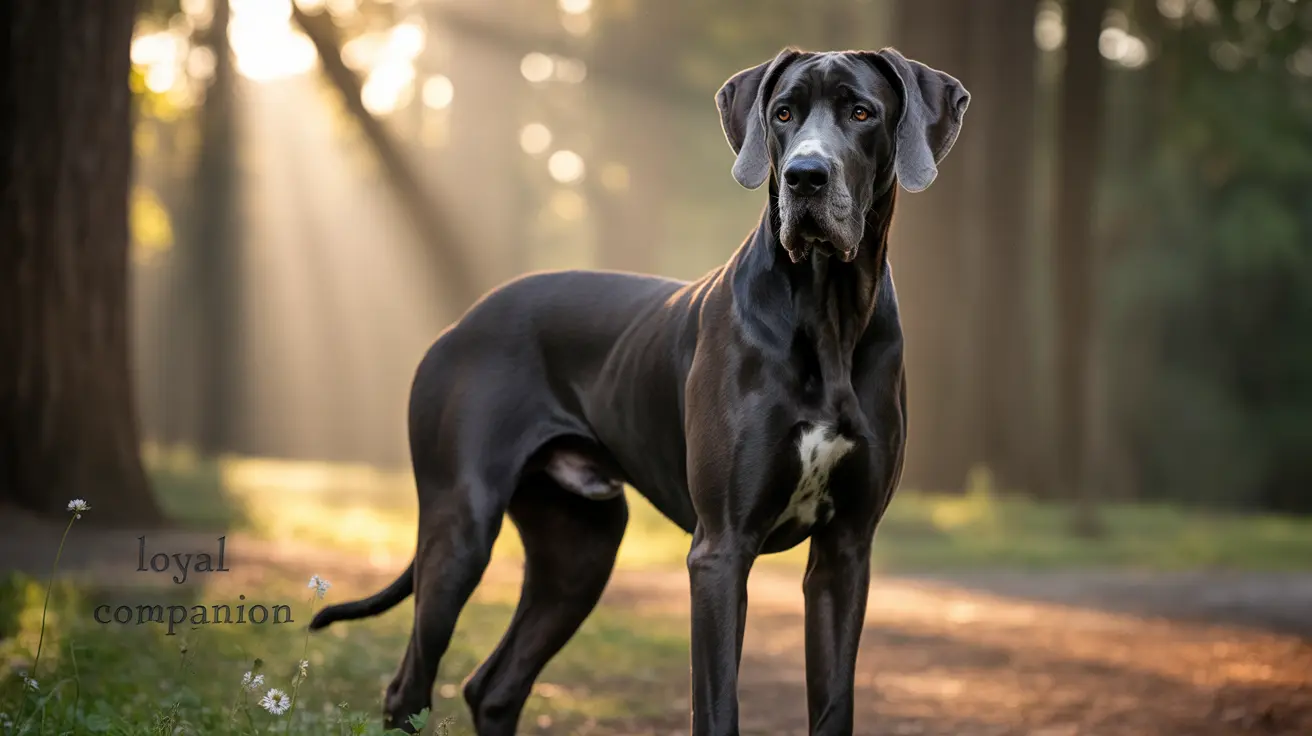The Great Dane's impressive stature and regal bearing make it hard to imagine these gentle giants were once fierce hunting dogs. Today's loving family companions have a fascinating history that spans centuries, with origins deeply rooted in hunting dangerous game and protecting noble estates. Let's explore the compelling story behind why Great Danes were bred and how they evolved into the beloved breed we know today.
The German Origins of the Great Dane
Despite their name, Great Danes originated in Germany, where they're known as "Deutsche Dogge" or German Mastiffs. Their lineage can be traced back at least 400 years, with evidence suggesting similar large hunting dogs existed even earlier in ancient civilizations. The misleading "Great Dane" name emerged during the 1800s, likely due to political tensions between European nations during the breed's international recognition.
Original Purpose: Fierce Hunters and Noble Guardians
Great Danes were primarily bred for two crucial roles: hunting large, dangerous game and serving as estate guardians. Their impressive size, strength, and speed made them perfect for pursuing and subduing fierce wild boars, bears, and deer. These powerful dogs would chase down their quarry and hold it until hunters arrived.
Their imposing presence and protective instincts also made them excellent guardians for European nobility's estates. They could effectively deter intruders while maintaining a dignified bearing befitting their aristocratic surroundings.
The Breeding Evolution of Great Danes
To create the perfect hunting and guarding companion, breeders combined the robust build of Mastiff-type dogs with the speed and agility of Irish Wolfhounds. This careful breeding produced dogs with exceptional strength, impressive size, and remarkable athleticism. Later refinements included crosses with Greyhounds, which enhanced their elegant appearance while maintaining their powerful build.
Transition to Modern Companions
As hunting practices evolved and the need for estate guardians diminished, Great Danes underwent a significant transformation. Breeders began focusing on temperament, deliberately selecting for gentler dispositions while maintaining the breed's noble appearance. This shift marked the beginning of the Great Dane's journey from fearsome hunter to beloved family companion.
The Modern Great Dane: A Gentle Giant
Today's Great Danes are known for their patient, friendly nature and striking appearance. While they retain their impressive size—males typically weighing 140-175 pounds and standing at least 30 inches tall at the shoulder—their temperament has evolved to be notably gentle and affectionate, especially with children.
Health Considerations and Care Requirements
Modern Great Danes face unique challenges due to their size. They typically live 7-10 years and require careful attention to diet, exercise, and healthcare. Their large size means they need ample space and proper training from an early age to ensure they become well-mannered family members.
Frequently Asked Questions
Why were Great Danes originally bred as hunting dogs?
Great Danes were bred for hunting due to their combination of size, strength, and speed. These attributes made them ideal for pursuing and subduing large, dangerous game like wild boars, bears, and deer.
What types of animals were Great Danes bred to hunt?
Great Danes were primarily bred to hunt wild boars, but they also pursued bears, deer, wolves, and elk. Their size and courage made them particularly effective against large, aggressive prey.
How did Great Danes transition from hunting and guarding to family companions?
As hunting practices modernized and estate protection needs decreased, breeders focused on developing gentler temperaments. By the late 19th century, they were being bred specifically for companionship and show purposes.
Which breeds were crossed to create the Great Dane?
Great Danes were developed by crossing Mastiff-type dogs with Irish Wolfhounds, and later refined with Greyhound genetics. This combination created their unique blend of size, strength, and elegance.
Why are Great Danes called "Great Danes" if they come from Germany?
The "Great Dane" name is a misnomer that emerged during the 1800s due to political tensions in Europe. In their native Germany, they're actually called "Deutsche Dogge" or German Mastiff.
Today's Great Danes stand as a testament to careful breeding and evolution, having transformed from fierce hunters into gentle family companions while maintaining their noble bearing and impressive presence. Their journey from boar hounds to beloved pets showcases how breeding practices can adapt to changing social needs while preserving the best qualities of these magnificent dogs.






